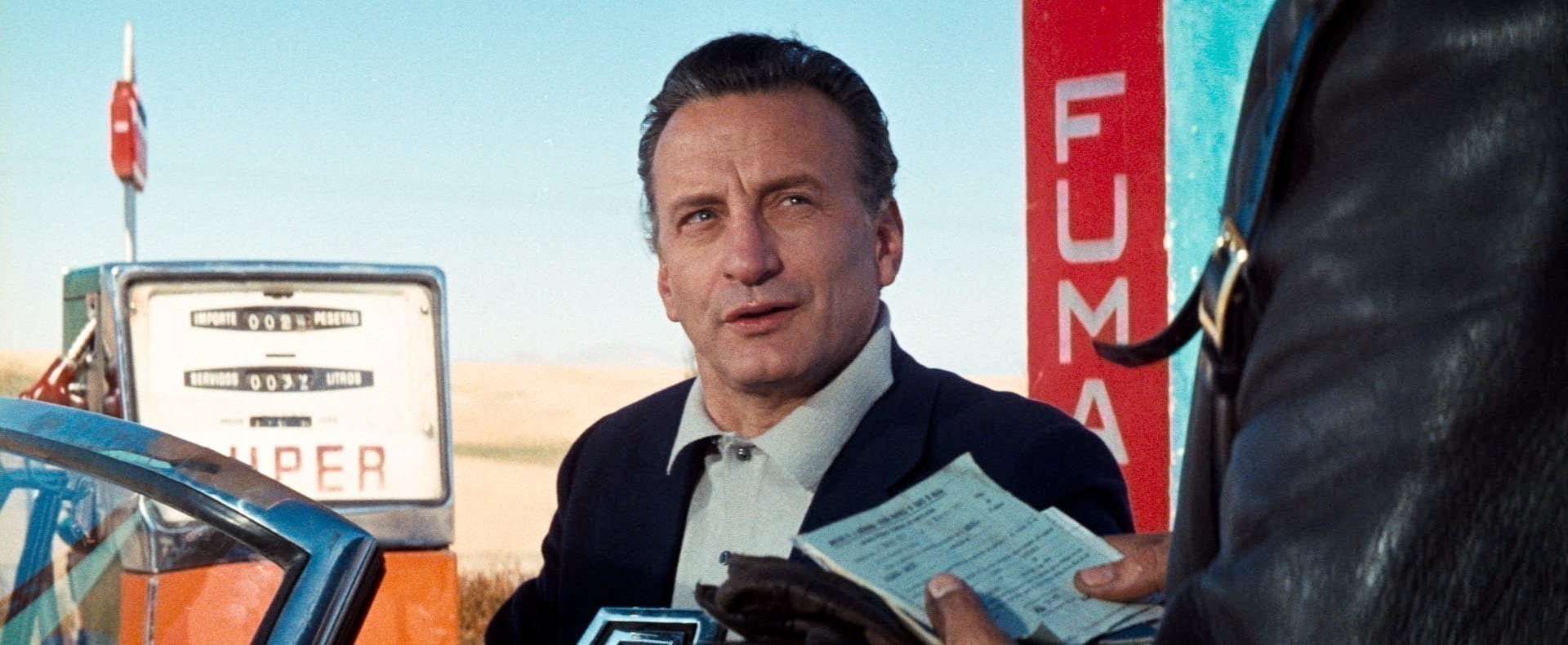The Man Behind the Wheel

There was a period under the Nixon administration when the collective American psyche, as seen on film, seemed almost convulsed by its fixation on the motor vehicle. Every other week a moviegoer might see a film that could broadly be summarized as belonging to the “a man and his car” genre, and the men in question leaned heavily into a particular type. Behind the wheel were the likes of Clint Eastwood, evoking the same steely dominance over his vehicle as he would with a horse, or Steve McQueen, his brooding, hardened squint familiar through the windshield. A viewer might see his sleek turquoise-and-orange Porsche zooming through the twenty-four-hour race at Le Mans, pure mechanical fury and power, or the tautly edited high-speed police chase of William Friedkin’s The French Connection. They might see Vanishing Point’s white Dodge Challenger speeding suicidally toward a police barricade, or the white-knuckle terror faced by Dennis Weaver as he evades a monstrous truck driver on the highway in Duel. In a cascading series of images of torque and squealing tires, Hemi engines and getaway drivers, the seventies’ unmistakable brand of masculinity—so assertive it must be compensating for something—seems to lay itself bare.
The national fascination with forward momentum, individual mobility, and technological prowess had coalesced a few decades prior, after the end of World War II. Pax Americana was a time of wide-open highways, of the pristine waxed surfaces and wide fins of Cadillacs and Oldsmobiles, of drive-in movies and social mobility. 1955 was described by Life magazine as “the most frantic year of car buying America had yet experienced,” and the following year, Eisenhower established the interstate system, kicking off the construction of superhighways across the nation. The car evoked prosperity, but also the promise of relatively affordable freedom: a set of wheels allowed any teenager their own personal vessel.








